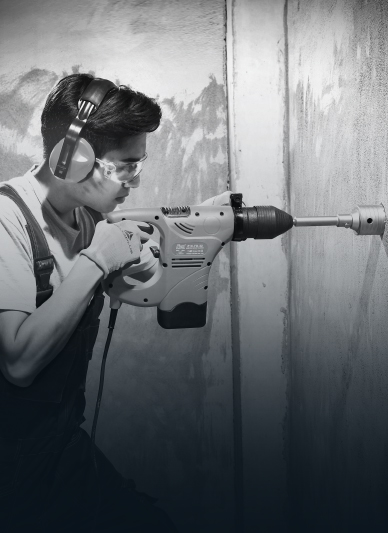In the metalworking and woodworking industries, cutting tools play a significant role in achieving precise and consistent results. One commonly used cutting tool is the TCT Circular Saw Blade, known for its carbide-tipped teeth that offer reliable performance across a variety of materials. While this tool is effective, safe operation is essential to protect both the user and the workplace. This article provides practical safety guidelines for handling and operating a TCT Circular Saw Blade to help reduce the risk of accidents and equipment damage.
Before using a TCT Circular Saw Blade, it is important to carefully inspect the blade for any visible defects. Cracks, missing teeth, or excessive wear can compromise the cutting performance and safety of the operation. Always ensure the Circular Saw Blade is securely mounted on the machine’s arbor, and confirm that the blade size matches the machine’s specifications. A poorly mounted blade can result in instability during cutting, increasing the risk of accidents.
Personal protective equipment (PPE) is a critical component of safe cutting practices. When operating a TCT Circular Saw Blade, users should wear appropriate safety goggles or face shields to protect their eyes from flying chips and dust. Additionally, hearing protection is recommended, as the cutting process can produce high noise levels. Gloves that offer a good grip without being too bulky can provide hand protection while allowing precise control over the workpiece.
Work area organization also contributes to safe cutting operations. Ensure that the workspace is clean, well-lit, and free of unnecessary materials. Cluttered areas increase the chance of accidental contact with a moving TCT Circular Saw Blade. Keep all tools and accessories organized, and avoid placing any objects near the cutting path. A clear work area allows operators to focus on the task without distractions.
Before starting the cutting process, double-check the material to confirm it is free of foreign objects such as nails, screws, or stones. Striking hard objects with a TCT Circular Saw Blade can damage the teeth and create dangerous kickbacks. Secure the material firmly using clamps or a suitable fixture, preventing any unexpected movement during cutting.
When using a TCT Circular Saw Blade, it is important to maintain a steady and controlled feed rate. Forcing the blade through the material can cause overheating, blade damage, or loss of control. Operators should allow the blade to cut at its own pace, ensuring smooth and accurate results. If unusual noises, vibrations, or resistance occur, stop the machine immediately and inspect the Circular Saw Blade and equipment for potential issues.
Proper maintenance of the TCT Circular Saw Blade extends its lifespan and ensures safe operation. After each use, clean the blade to remove built-up resin, metal shavings, or other debris. Regular cleaning prevents material accumulation that could affect the blade’s balance or cutting efficiency. Additionally, periodic inspections and sharpening of the tungsten carbide tips keep the TCT Circular Saw Blade in ideal condition.
Storage of the TCT Circular Saw Blade should also follow safe practices. When not in use, store blades in a dry, secure place away from high-traffic areas to avoid accidental contact. Use blade protectors or holders to prevent damage to the teeth and edges. Storing the Circular Saw Blade properly reduces the risk of workplace injuries and keeps the tool ready for future use.
Another important guideline is to avoid operating a TCT Circular Saw Blade when fatigued or distracted. Focus and alertness are crucial when handling cutting equipment, as even a minor lapse in attention can result in accidents. Operators should take regular breaks, stay hydrated, and avoid using the machine under stressful or unsafe conditions.
For businesses managing multiple operators, providing formal training on the safe use of a TCT Circular Saw Blade is highly recommended. Employees should be familiar with the machine’s operation manual, understand the characteristics of the blade, and learn appropriate safety procedures. Well-informed operators are better equipped to identify potential hazards and respond effectively to unexpected situations.







